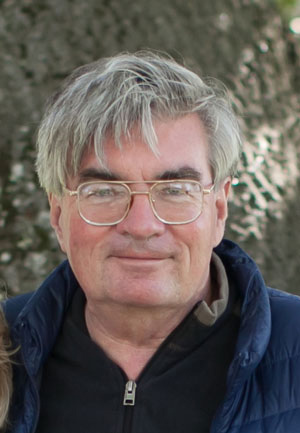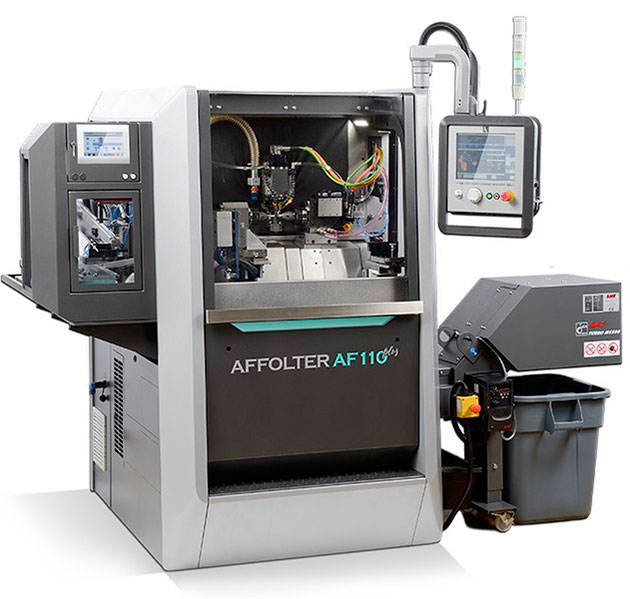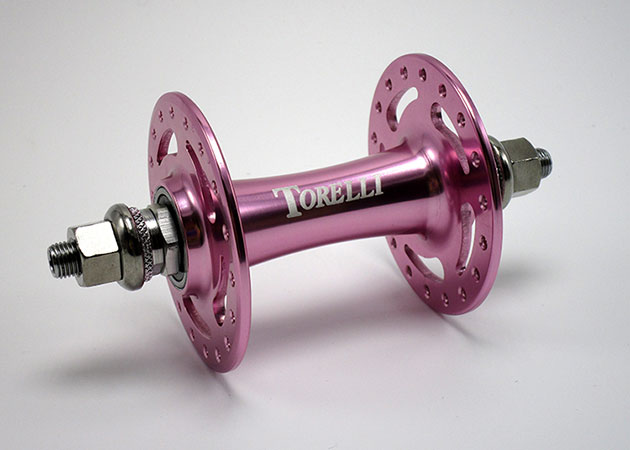

How to choose bicycle hubs
by John Neugent
Tech articles | Commentary articles
The late John Neugent probably knew more about bicycle wheels than anyone else. Maybe more about bikes as well. He spent his life in the bike business, at every level. He owned Neugent Cycling, a firm devoted to delivering world-class equipment at the lowest possible price. —Chairman Bill

John Neugent

Bill and Carol McGann's book The Story of the Giro d'Italia, A Year-by-Year History of the Tour of Italy, Vol 2: 1971 - 2011 is available in print, Kindle eBook and audiobook versions. To get your copy, just click on the Amazon link on the right.
John Neugent writes:
As technology changes, so do products. A new car in 2022 is vastly different than one in 2000. There are now inexpensive tools to diagnose many car problems. Most engines routinely go 200,000 miles before there is a major engine problem. Further back, in the '60s I remember checking the engine oil if I had to go more than 100 miles.
In the '70s almost all hubs used loose ball bearings with cups and cones. Inexpensive hubs generally had poor bearings. Good hubs required regular maintenance and were expensive and replacing a pressed-in cup in the hub shell was a challenge.
Computers only started to become mainstream in the '80s and the Internet in the '90s. I worked in a machine shop in the '60s and many complicated parts could only be made by master machinists. The tools they used were crude by today’s standards and required a knowledgeable craftsman who knew exactly how his particular machine operated.
Gradually, CNC machines that operated by using a computer program, rather than skill machinist, became the norm. 3D cad software became more and more sophisticated and it became possible to analyze forces and stresses even before a part was made, drastically reducing the cost of new product development.

A modern CNC machine. Photo: Affolter Group
The world was also changing. In the cycling industry, higher-end components were mostly first coming from Europe and then, to some degree, from Japan. The Japanese were quicker in development than most of Europe and soon became the dominant player for quality cycling components. I worked for a distributor in the '80s, and when we went to the Orient to source products we would go first to Japan for most of the high end products, then to Korea for few selected items, then to Taiwan for most of the lower end products and finally to Hong Kong.
Then in the mid-to-late '80s the Japanese changed the value of the Yen. Up until that time it was worth about 250 yen to $US 1. Within a year it went to 130 yen to $US 1. The American Bike Industry began to shift their focus from Japan to Taiwan. Europe followed about five years later.
I give you this history as an example to show how markets are related. Technology followed the market and within a couple of decades Taiwan was becoming the main source of quality components both for the US and Europe. Twenty years ago the quality of components made in Taiwan was becoming the equal of any place in the world.
Making a bicycle hub is not rocket science. A hub is a shell with an axle, a couple of bearings, and a means of attaching spokes. Cartridge bearings are not only exceptionally good and strong but are also inexpensive. They are dual sealed so an initial shot of lube will, in most cases, last 5-10 years. What was once a somewhat difficult machining task of making good cups and cones is now a simple task requiring basic machining skills. Although Shimano and Campy still use cup and cone bearings, almost everyone else uses cartridge bearings.

A modern sealed cartridge bearing. Inexpensive, long-lasting, efficient and easy to replace. Photo: BC Precision
I have sourced hubs from Taiwan for wheel building for over 20 years with virtually no failures. A pair of hubs that weigh a total of 350 grams that are of good quality can be purchased for the same price as a set of hubs that would go on a $500 bike of the '80s.
One of the major quality hub makers switched their sales strategy about 10 years ago by not selling complete hubs, but rather supplying the working “guts” to bike brands so they could say they are using the technology of the quality brand in their own components.

A modern hub with sealed cartridge bearings. You can see the bearing on the left side of the hub. Photo: South Salem Cycleworks
This is not to say that buying an American-made hub should not be considered. Indeed, many custom wheel makers rely on them for the core of their business, and I support both. Where I live I now see more new Teslas than BMWs. In reality, most of that is not because people really need either one but both are statements about their values more than any particular need. The same is true for bike components.
Just be aware that the change in hub selection is much like the change in car engines. We’ve gone from checking the oil for a 100 mile trip in the '60s to expecting 200,000 miles of engine life. And all at reasonable prices.
John Neugent was was one of the first to establish quality hand building in Taiwan around the turn of the century. He now owns Neugent Cycling, a firm devoted to delivering world-class equipment at the lowest possible price.







